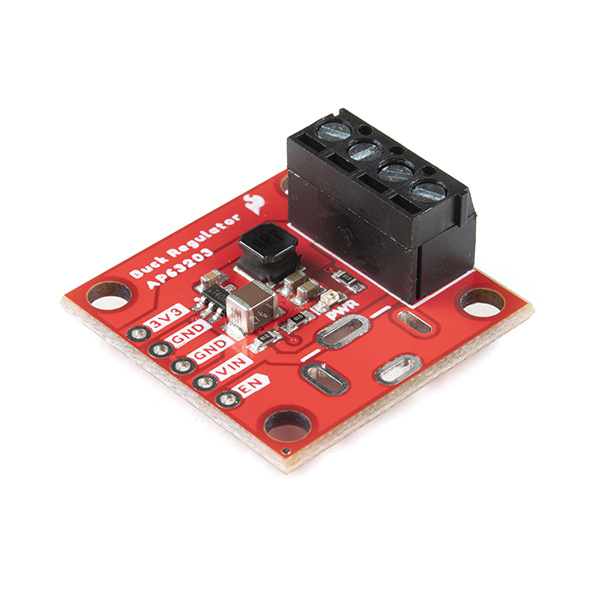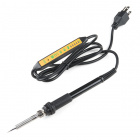Buck Regulator Hookup Guide
Introduction
Who doesn't occasionally need power regulation? We certainly do, so we've designed the SparkFun Buck Regulator Breakout and the SparkFun BabyBuck Regulator Breakout to help us with just such a task.
Starring the AP63203 from Diodes Inc, both breakout boards take advantage of the 2A synchronous buck converter that has a wide input voltage range of 3.8V to 32V and fully integrated 125mΩ high-side power MOSFET/68mΩ lowside power MOSFET to provide high-efficiency step-down DC/DC conversion. All of this snuggled up in a a low-profile, TSOT26 package that's integrated into either a 1x1" or 0.4x0.5" board. For a wide variety of power management needs - grab yourself a Buck Regulator or Baby Buck Regulator and let's dive in!
Required Materials
To follow along with this tutorial, you will need the following materials. You may not need everything though depending on what you have. Add it to your cart, read through the guide, and adjust the cart as necessary.
Tools
You will need a soldering iron, solder, and general soldering accessories.
Suggested Reading
If you aren’t familiar with the following concepts, we recommend checking out these tutorials before continuing.



